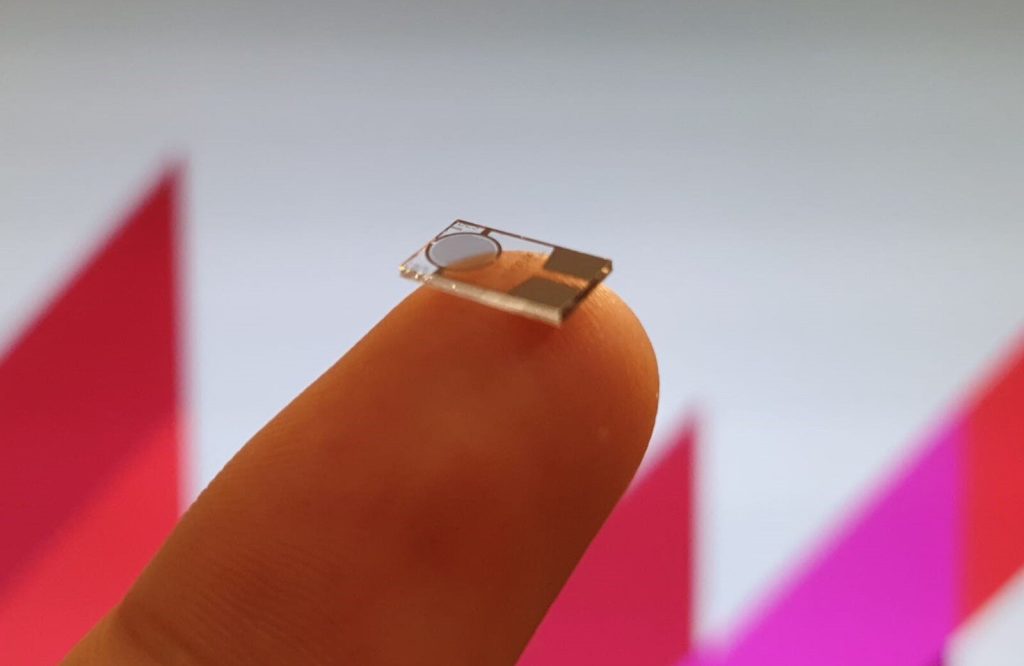Design and Function of Nanosensors

Objective:
To explore the design and function of nanosensors, including how they are engineered to monitor biological processes at the molecular level.
Introduction to Nanosensors:
Nanosensors are devices that utilize the unique properties of nanoscale materials to detect and measure physical, chemical, or biological stimuli. These sensors are capable of detecting minuscule changes at the molecular or atomic level, making them incredibly useful for applications in neurology, particularly in monitoring brain and spinal cord activity. By incorporating materials such as nanoparticles, quantum dots, or nanowires, nanosensors offer high sensitivity, specificity, and the ability to operate in complex biological environments, including the human body.
Key Components of Nanosensors:
- Sensing Element:
- The sensing element is the core component of a nanosensor. It is responsible for detecting the target analyte (e.g., ions, molecules, cells) and generating a signal. Common materials used for the sensing element include nanoparticles, nanowires, and carbon nanotubes, which have high surface-area-to-volume ratios and can interact with specific biomolecules.
- Example: Gold nanoparticles functionalized with specific ligands can detect biomolecules like glucose, which is important for monitoring diabetic conditions or other metabolic changes.
- Transducer:
- The transducer converts the interaction between the sensing element and the analyte into a measurable signal, such as a change in electrical current, optical signal, or mechanical displacement. The type of transducer used depends on the nature of the target molecule and the desired output.
- Example: In glucose sensing, a change in the concentration of glucose can result in an electrical signal change, which is detected and recorded.
- Surface Functionalization:
- Surface functionalization refers to the modification of the surface of the sensing material to make it more selective to certain analytes. Functional groups or biomolecules like antibodies or peptides can be attached to the sensor’s surface to enhance specificity for the target molecule.
- Example: Functionalized gold nanoparticles can be designed to bind specifically to cancer cell markers, making them ideal for detecting brain tumor cells.
- Signal Processing Unit:
- Nanosensors are often coupled with advanced signal processing units to interpret and analyze the data collected. These units help convert the raw data from the nanosensor into meaningful information, often in real time.
- Example: A nanosensor used for brain activity monitoring would need a signal processing unit to convert changes in electrical signals into readable data for a physician or surgeon.
Applications of Nanosensors in Neurology:
- Monitoring Brain Activity:
- Nanosensors can be used to monitor electrical activity in the brain at a very fine scale, providing insights into brain function and disease states such as epilepsy or Parkinson’s disease. These sensors are capable of detecting tiny fluctuations in neural activity and can be used to track the brain’s response to different stimuli.
- In Vivo Diagnostics:
- Nanosensors are used for real-time in vivo diagnostics, detecting biomarkers in cerebrospinal fluid or blood, which can be indicative of neurological diseases. The high sensitivity of these sensors allows for the detection of diseases at an early stage, potentially improving treatment outcomes.
- Drug Monitoring:
- Nanosensors can be used to monitor the presence and concentration of drugs in the body, ensuring that drug levels are within therapeutic ranges. This is especially important for neurosurgical patients who require precise drug delivery.
Real-World Example:
- Quantum Dots for Neural Imaging:
- Quantum dots, a type of nanosensor, are being used in neural imaging to provide high-resolution, real-time monitoring of brain activity. By attaching quantum dots to specific molecules or receptors in the brain, researchers can track neural connections and activity at a much higher resolution than traditional imaging techniques.
Case Study:
- Nanowire-Based Sensors for Parkinson’s Disease:
- A study demonstrated the use of nanowire-based sensors for detecting biomarkers associated with Parkinson’s disease. The sensors were able to detect changes in neurotransmitter levels in the brain, providing valuable information for early diagnosis and monitoring the progression of the disease.